having a hard time finding good vocals?
Understanding how to mix vocals is key to great music production. This guide simplifies vocal mixing, providing essential techniques and tips for beginners and seasoned producers alike. Dive in to transform your vocal tracks from basic recordings to polished, professional sounds
Vocal mixing is the cornerstone of producing music that resonates with listeners. It’s not just about balancing levels; it’s an art that brings clarity, emotion, and depth to a song. For anyone venturing into music production, understanding the basics of how to mix vocals is crucial.
At its core, vocal mixing involves adjusting and enhancing the vocal tracks to complement the other elements of your music. This includes tasks like EQ (equalization), compression, reverb and pitch correction. Each of these plays a unique role in ensuring that the vocals don’t just sit on top of the mix but become an integral part of the overall sound.
For beginners, the process might seem daunting. But fear not, as the fundamental principles of vocal mixing are consistent across various music genres. By mastering these basics, you’ll be able to apply them to any project, whether it’s a simple acoustic set or a full-blown studio production.
In the upcoming sections, we’ll walk you through each step of vocal mixing. We’ll cover everything from selecting the right microphone to applying advanced mixing techniques. Our goal is to equip you with the knowledge and skills to elevate your vocal tracks, regardless of your experience level.
Remember, the journey to mastering vocal mixing is a blend of knowledge, practice, and a keen ear for detail. Let’s start this journey together and explore how you can bring the best out of your vocal recordings.
Quality vocal mixing starts with the right equipment. While advanced gear can be expensive, beginners can still achieve professional results with a few essential, budget-friendly tools. Here’s what you need to get started:
A good microphone is the foundation of clear vocal recordings. Condenser microphones are popular for their sensitivity and wide frequency response, making them ideal for capturing the nuances of vocals. For those on a budget, there are several affordable models that don’t compromise much on quality.
An audio interface converts microphone signals into digital data your computer can process. It’s crucial for reducing noise and enhancing the clarity of your recordings. A reliable, entry-level audio interface can be a sound investment for your home studio. Affordable interfaces from e.g. Focusrite are more than enough to achieve a professional sound.
Accurate monitoring is vital for effective vocal mixing. Quality headphones and studio monitors give you a clear representation of your mix, helping you make informed adjustments. While top-tier models can be pricey, there are many budget-friendly options that provide excellent sound fidelity.
Your DAW is where the magic happens. It’s the software used for recording, editing, and mixing audio tracks. Beginners can start with free or low-cost DAWs that offer a range of features sufficient for effective vocal mixing. However, the most effective DAWs for particularly vocal mixing are Studio One and Logic Pro X. If you are not sure about what DAW to use, read our article about the best DAWs for music production.
Plugins add functionality to your DAW, allowing for detailed manipulation of your vocal tracks. Essential plugins for vocal mixing include EQs, compressors and reverb. Fortunately, many DAWs come with these basic plugins, and there are also free or affordable third-party options.
Remember, while having high-end equipment is beneficial, skill and technique are more crucial in vocal mixing. Understanding how to effectively use these tools will have a more significant impact on the quality of your mix than the cost of your gear.
In the next section, we’ll guide you through the step-by-step process of mixing vocals, utilizing these essential pieces of equipment.
Mixing vocals can seem complex, but breaking it down into manageable steps makes the process more approachable for beginners. Here’s a basic step-by-step guide to get you started:
Before mixing, ensure your vocal recording is as clear as possible. This means recording in a quiet, acoustically treated space and using a pop filter to reduce plosives. A good recording sets the foundation for a great mix.
Begin by setting the right levels for your vocal tracks. The goal is to ensure that vocals are audible and blend well with other instruments. Panning can help create a spatial dimension in your mix, making it more dynamic.
Equalization helps balance the vocal frequency and remove unwanted frequencies. Start with subtractive EQ to cut out any low-end rumble or muddiness. Then, if needed, use additive EQ to enhance clarity or presence.
For reference and a guideline, use our vocal eq cheat sheet:
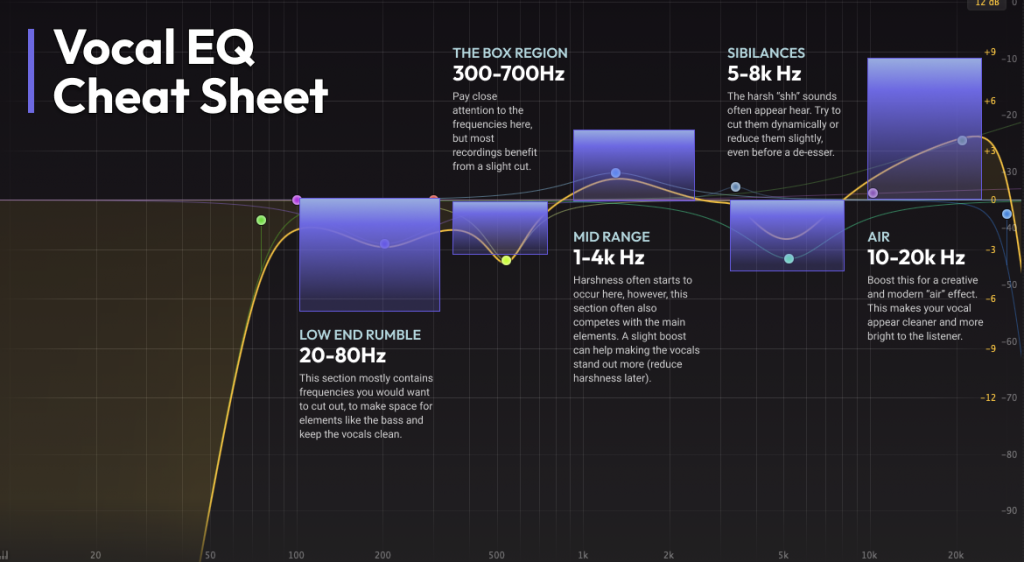
We recommend to cut the low-end always up to 75hz and most of the time, a dynamic low shelf EQ to reduce more rumble up until 130hz.
Compression is used to even out the dynamic range of your vocals, making them sound more consistent in volume. Apply light compression to avoid over-compressing, which can make vocals sound unnatural.
Reverb can give your vocals a sense of space. Use it sparingly to avoid drowning your vocals in the mix. Other effects, like delay or chorus, can be used to add character but should be applied with care.
After applying these steps, take a step back and listen to your mix. Make any necessary adjustments, and don’t hesitate to experiment to find the best sound for your track.
Remember, mixing is as much about creativity as it is about technique. Practice, patience, and a good ear are your best tools in learning how to mix vocals effectively.
Moving beyond the basics, we delve into the realm of advanced vocal mixing techniques. In this section, we explore the vocal chain used by Kilian K, a renowned artist whose tracks have amassed an impressive 120 million Spotify streams to date.
Kilian K begins by cutting frequencies below 75Hz, as these are typically unnecessary for vocal clarity. On occasion, he further trims the low-end using a shelf EQ for a cleaner sound profile. Following this, he directly applies auto-tune on the lead vocal track to achieve a contemporary sound. This tuning is usually subtle, complementing the primary pitch correction done in Melodyne, ensuring the vocals retain their natural quality while sounding modern.
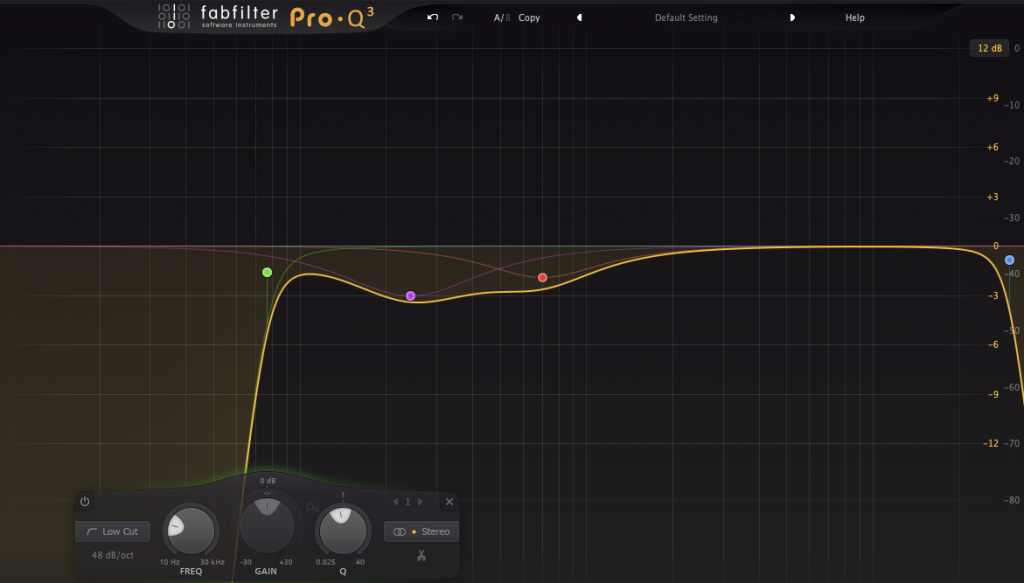
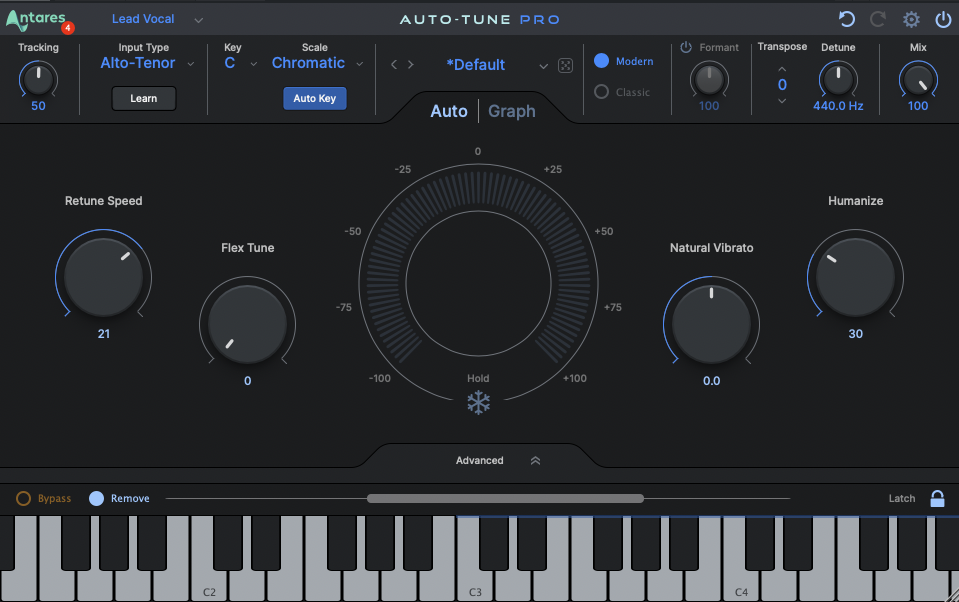
In Kilian K’s vocal bus setup, he consistently utilizes a specific set of plugins, and a screenshot of these settings is provided for reference.
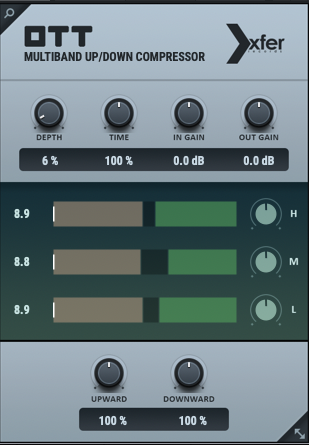
Kilian K’s initial step in his vocal chain involves the popular and free OTT plugin, known for its ability to enhance brightness and provide basic compression. The settings for this plugin are typically kept moderate to ensure subtlety, avoiding over-compression while still benefiting from its impactful sound enhancement.
The OTT can be replaced by Fresh-Air, which achieves more or less the same kind of sound you want in this vocal chain. Both are free.
He just uses the standard preset as you can see on the left.
Following the OTT, an EQ comes into play, primarily for additional reduction, with the extent varying based on the original recording’s quality.
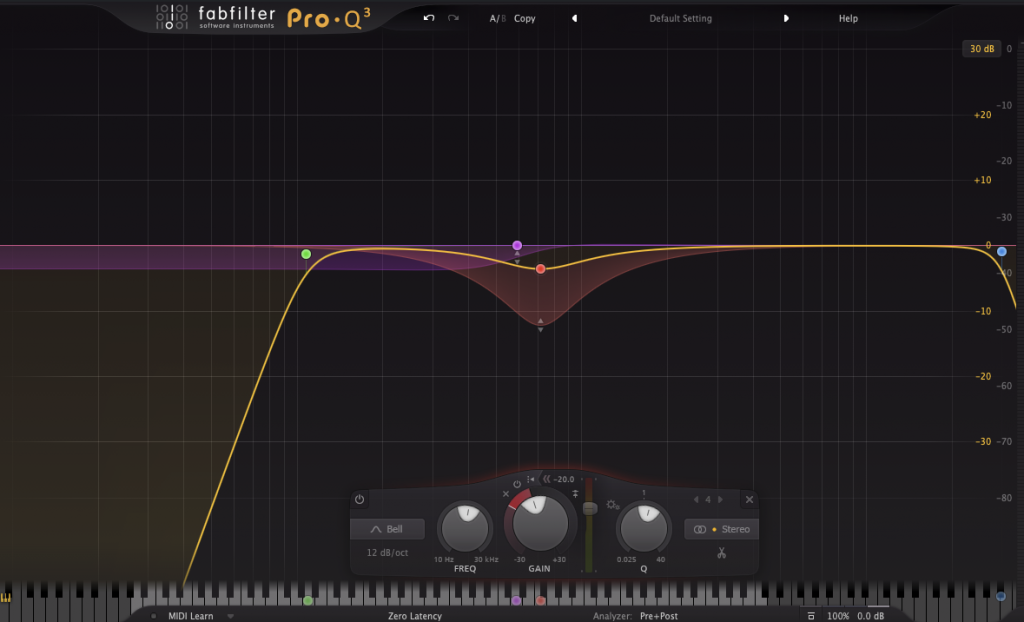
Next, a De-esser is employed to smooth out any harsh sibilance, ensuring the vocals sound polished.
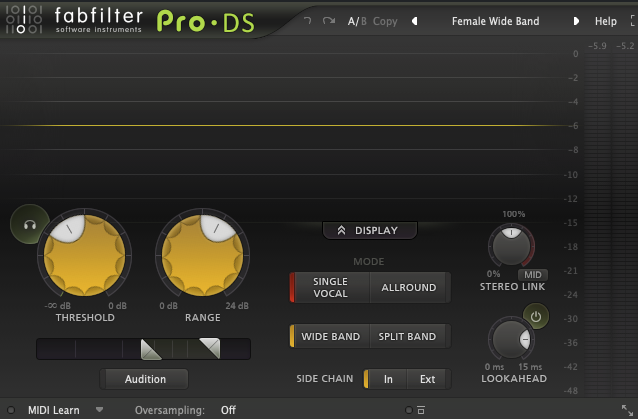
Soothe2 is another key component in his chain, adeptly used to dynamically remove any unwanted and harsh frequencies. Kilian K often starts with the preset “clean up a bit of vocal harshness,” fine-tuning it to avoid over-processing.
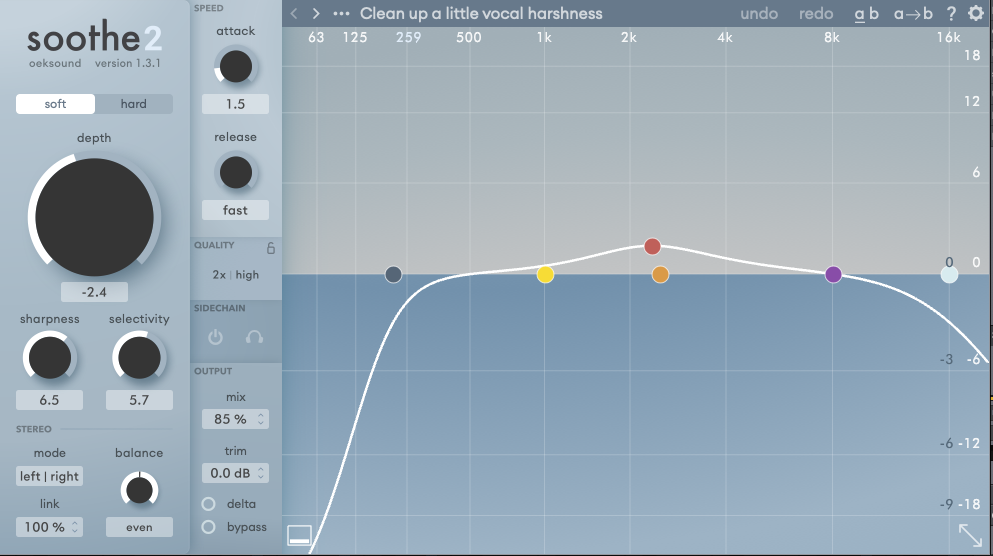
The centerpiece of his vocal magic is the UAD LA2A compressor. This is where he achieves the main compression character, typically aiming for a gain reduction of 3-5db while maintaining consistent levels.

Finally, the chain concludes with another EQ, fine-tuning the vocal to fit perfectly in the mix.
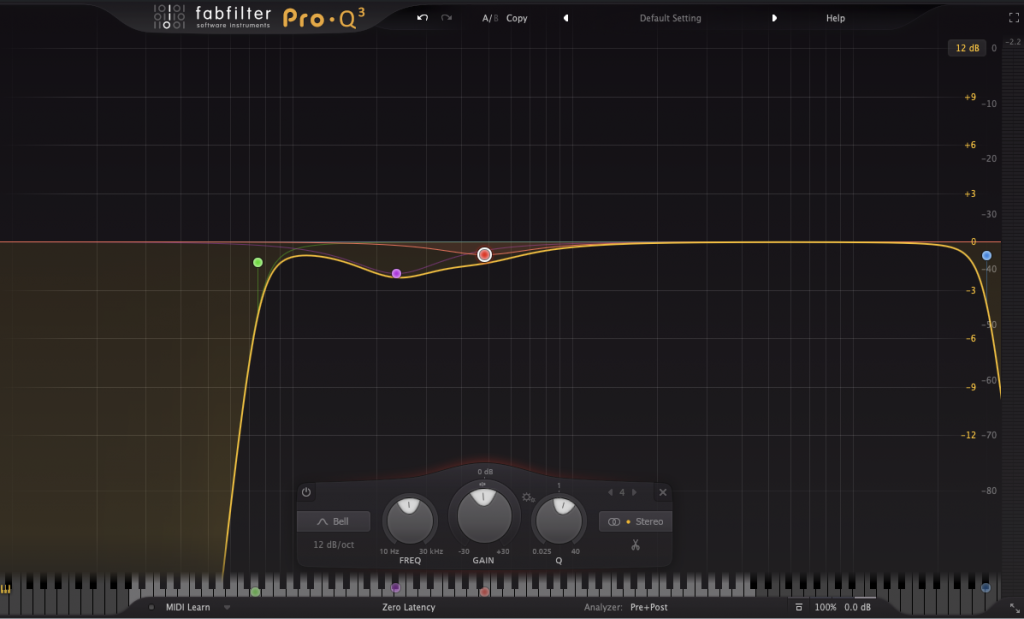
Kilian K’s vocal mixing process illustrates that while having high-quality equipment is beneficial, the knowledge and skill in using these tools effectively are paramount. His success, evidenced by his substantial Spotify streams, shows that with the right approach, even beginners can achieve professional-quality vocal mixes. This guide aims to empower you with these insights, encouraging you to apply them in your music production journey.
Training in vocal mixing is a journey of continuous learning and hands-on experience. To become proficient, it’s essential to regularly practice with a variety of vocal tracks, experimenting with different mixing techniques such as EQ, compression, and effects like reverb and delay.
If singing isn’t your thing or if you’re struggling to find high-quality vocal tracks in general and for practice, Voxalized offers an excellent solution. We provide vocals from industry professionals only, like e.g. singer Nito-Onna ensuring only the highest quality.
Our vocals are particularly beneficial for those looking to release music commercially. By purchasing a license from Voxalized, you gain access to top-tier vocal tracks for your mixing practice and production.
An added advantage is the ability to release your songs on platforms like Spotify while keeping 100% of the earnings. This makes Voxalized an ideal resource for both honing your vocal mixing skills and advancing your music production career with professionally-recorded vocals.
You can browse vocals here.
We’ve seen that effective vocal mixing is not just about having the best equipment; it’s about understanding the nuances of sound and applying techniques that bring out the best in a vocal performance. The step-by-step process detailed here serves as a foundation for beginners, while the exploration of Kilian K’s advanced methods offers a deeper understanding for those looking to elevate their skills.
Remember, the journey in music production is one of continuous learning and experimenting. The techniques and tips shared in this guide are just starting points. Your unique touch and creativity are what will ultimately define your sound and success in vocal mixing.
We hope this guide has inspired you to explore the endless possibilities in vocal mixing and has equipped you with the knowledge to create music that resonates with your audience. Happy mixing!
If you want to know how to make money as a music producer, make sure to read our latest article on how to make money as a music producer.
More to explore